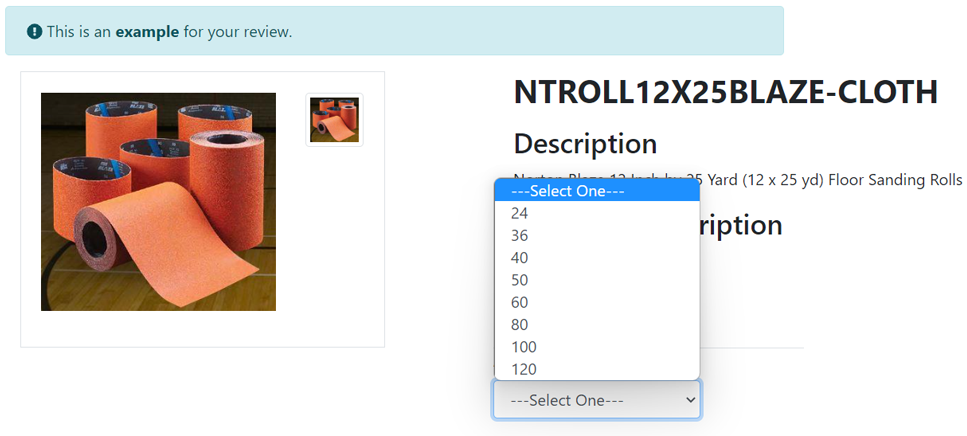PIM Admin
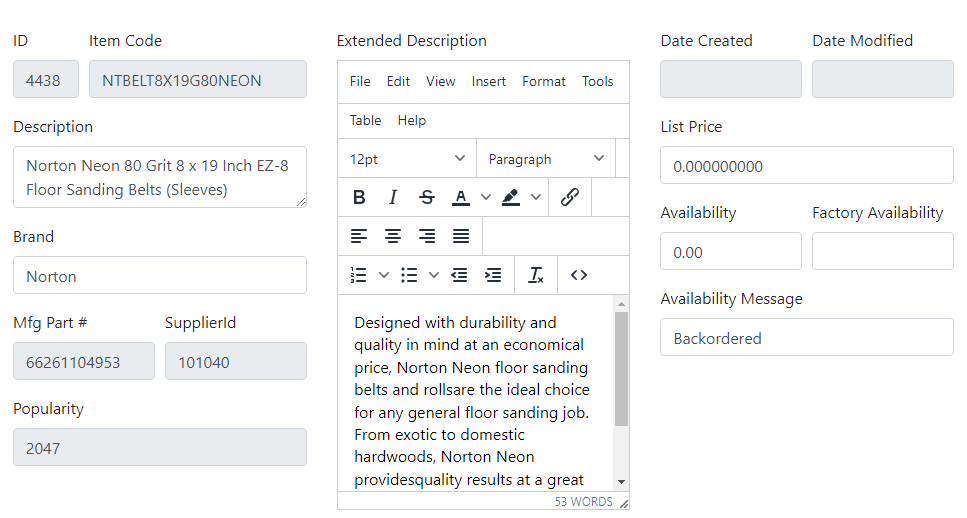
Product Master Information
Once an item is transferred from Prophet 21 to the Phoenix PIM, you can add more data such as descriptions over the P21 40-character limit, extended descriptions and brands.
You can also override the P21 availability with a static number and define custom out-of-stock messages so that your shoppers know what to do when an item is not in stock.
Product Features
If you have a B2C website that requires robust product information, you can further enrich your product data by creating features which will show to the shopper on the Phoenix ECOM website.
The features tool is built with an HTML editor, so you can easily build attractive-looking data points to qualify your products to your customers.
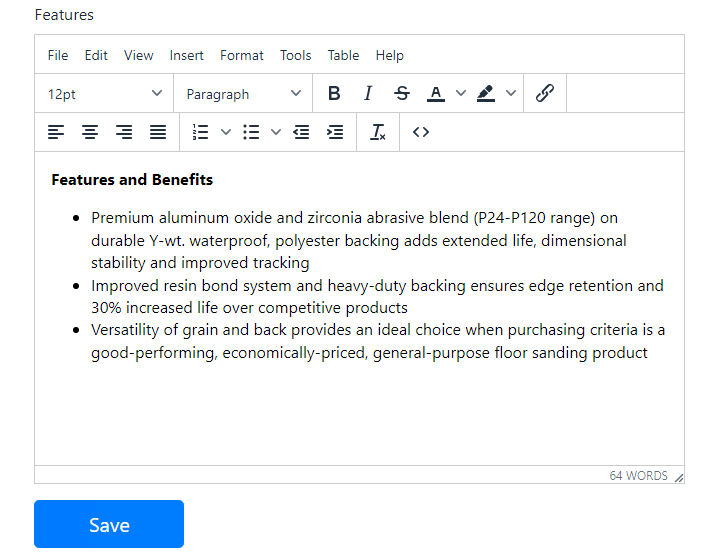
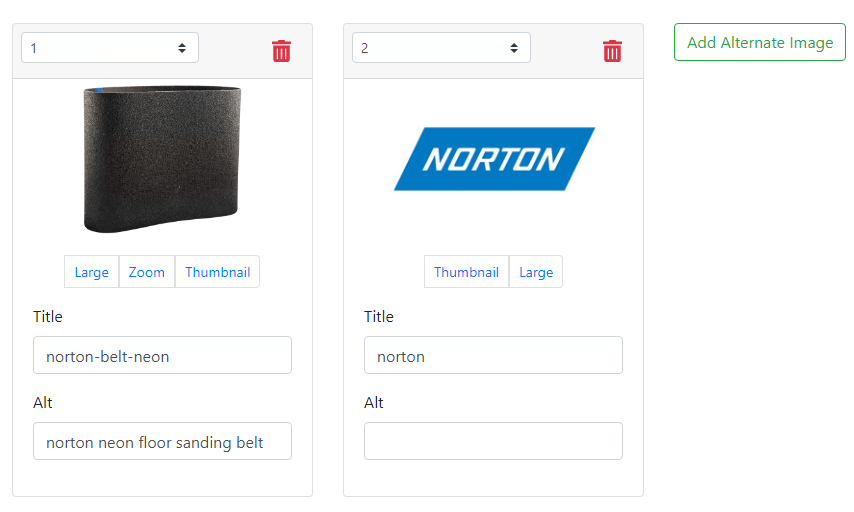
Product Images
In many B2B and almsot all B2C websites, product images are a must. Not only do they enrich the shopping experience for your customers, but they also create a visual confirmation for the shopper to what they are purchasing.
Import your original images at any size, and the PIM will create a zoom, large, and thumbnail version of the image for use on the Phoenix ECOM website. The PIM will also retain the original image in the event that you need it at a later date, or if decide to change the size of your thumbnails, the system will be able to recreate them from the original.
Product SEO
When shoppers search a term on the Phoenix ECOM website, it will return items matching data found in the Combined Search Field. This data is dynamically generated by multiple product sources such as description, category, brands, upc, supplier part numbers and more. You also have the ability to add or remove search terms from collection so your shoppers can better find what they are searching for.
You can enhance your visibility to major search engines including Google by altering your product url, title and meta information to be more keyword focus to what you expect customers to type when they are searching for your products.
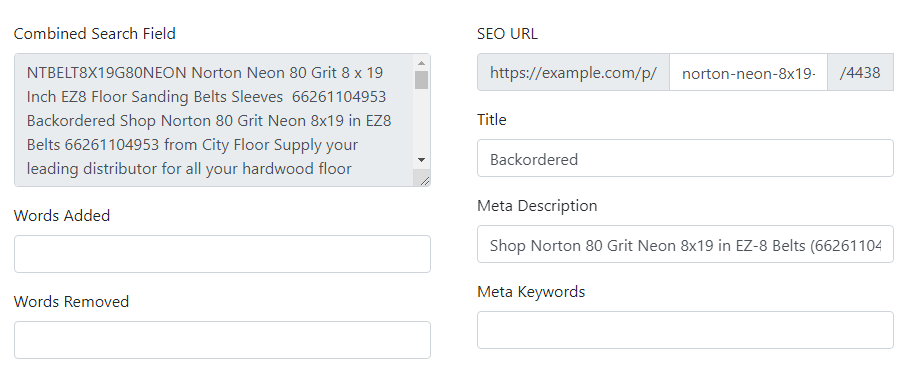
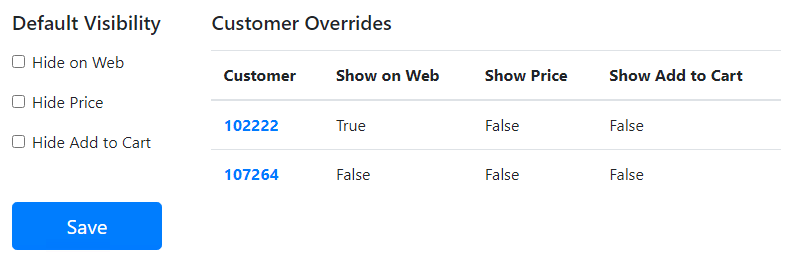
Product Behavior
Just because a product is being transferred to the Phoenix ECOM website, you may still want to change its default visibility. You have the ability to hide the ability to purchase the items, hide the price, or hide the entire item completely.
In addition, you can override the default visibility to allow or deny visibilty to particular customers. For example if you have a Product for a Logo'd Hard Hat, you may want it to be on the Phoenix ECOM website, however only be visible for the customer whose logo the hat is for
Tech Specs
Tech specs allow you to define technical information regarding your products. This information will be displayed on the product information page to the shopper. There is no limit on the number of technical specifications for a given product. Tech Specs can also be converted to attributes, allowing shoppers to refined their search results.
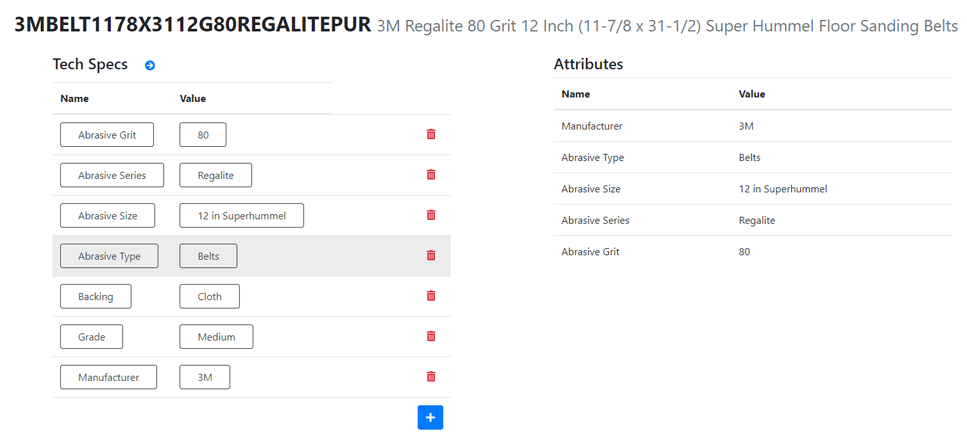
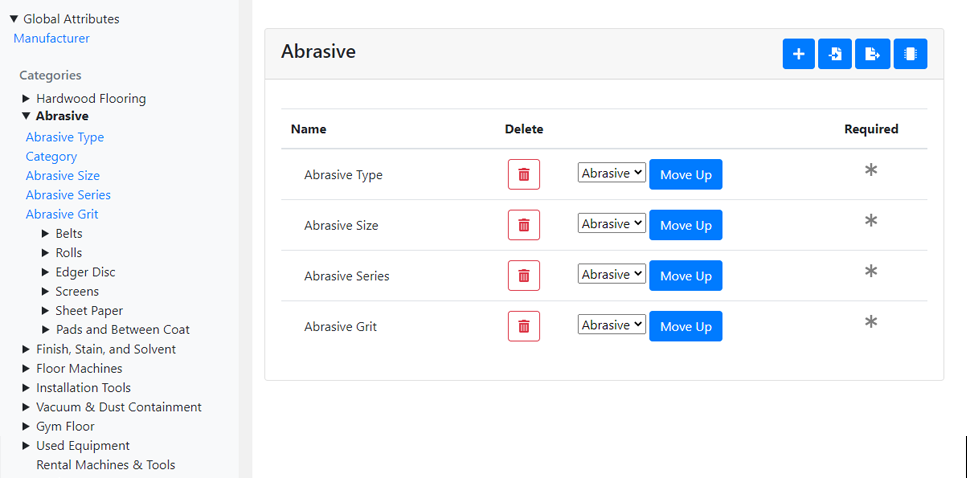
Attributes
Attributes are defined on the category level, and provide instruction for the system to know which tech specs should be included in the filtering process of the item search page.
Grouping Your Products
Families are grouping of common items that share data such as descriptions, images, fact sheets and attribute names, however have unique attribute values. For example, 10 unique P21 Item Ids may make all be part of a single shoe model, however each Item id represents a different size.
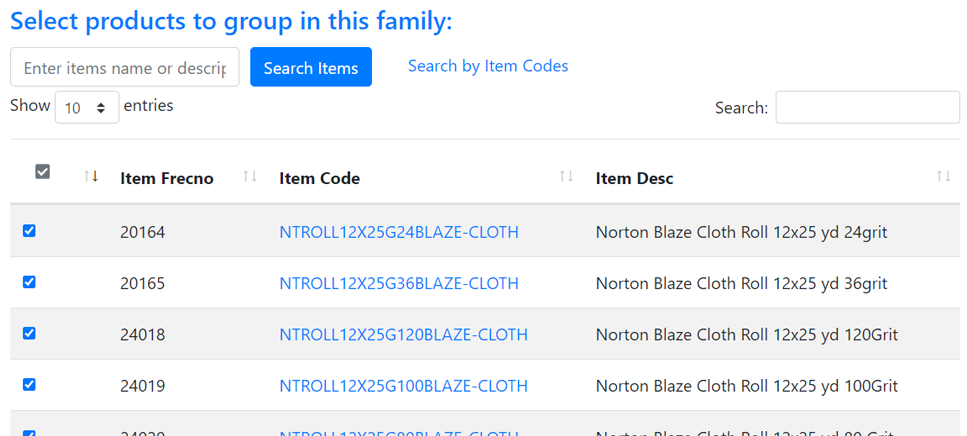
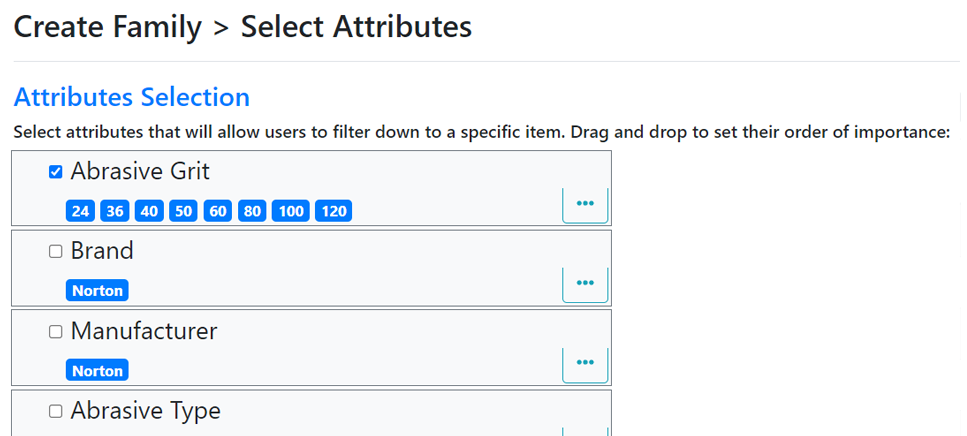
Assigning Your Attributes
Families must contain at least one common attribute name, however you have the ability to define multiple in cases such as a safety vest which may contain attributes such as Size, Color and Reflectivity options. Family attribute selections can be picked in order of user preference, or can be force to be picked in a cascading order for uses such as a Year, Make, then Model for a automobile selection.
Building Your Family
Once you have defined your products, and their grouping attributes, you can create family landing pages to define the grouping of items. Add pictures, descriptions, default selections and pricing configurations such as showing the lowest price of all avaialable options (e.g. "Starting from $x.xx").
